You lead a research group on cognitive buildings at Fraunhofer ISE. What is your team working on?
We are researching the use of artificial intelligence to attain a more efficient and therefore sustainable building operation. By combining detailed building data and advanced data analysis, our aim is to enable more efficient operating processes and identify potential savings. This includes the optimization of energy consumption and the integration of renewable energies through intelligent self-learning controls. Here automated detection and fault diagnoses as well as improvement and maintenance measures also play an important role. Fraunhofer ISE has its own work area that deals just with this research topic. We use state-of-the-art digital technologies, including artificial neural networks and other machine learning methods, for anomaly detection, time series prediction or image and text processing. Our aim is to make the information from the data accessible to the users. This includes deriving precise recommendations for action from the collected data to improve building operation. Another focus has overarching importance: namely the digitalization of building information in order to be able to use artificial intelligence at all.
How do you acquire this building data?
This varies. In some cases, we use measurement systems to collect data directly on site. This can be done by using sensors, for example, which record various parameters such as temperature and carbon dioxide content in the rooms, volume flow or temperature in the pipes, as well as energy consumption in the systems. In other cases, we work with companies and research institutions that give us access to their databases. Aside from this measurement data, we also look at other available building data, for example, from existing construction plans, which first have to be digitized and analyzed.
Can existing buildings be technologically retrofitted with the help of AI?
Definitely! There are many retrofitting solutions for sensors and actuators that can be networked via a cloud using the energy-saving LoRaWAN wireless technology. In this way intelligent operating decisions can be made. For complex existing buildings, we are working on processes that make it possible to digitize the building information available in plans or technical documentation and to prepare it for further processing. One example of this is the “DiMASH” project at Fraunhofer ISE, in which system and hydraulic diagrams are identified using AI image recognition processes and transferred to a digital system data model. We have special expertise in this area i.e., the digitization of existing systems using multimodal AI models and the transfer to BIM data models.
Digitalization is seen as an important driver of the energy transition. What opportunities does automated operations management open up for building operators, industry and local authorities?
By using intelligent systems and technologies, processes can be better controlled, which saves costs and reduces CO2 emissions. Industrial companies and municipalities can also increase their independence by relying more on renewable energy sources such as photovoltaics, solar thermal energy or waste heat. Local authorities can offer their citizens the opportunity to participate economically in the implementation of the energy transition by promoting local energy communities. We generally work with building and property operators who want to be both climate-friendly and economically viable – for example, by reducing personnel costs in building operations.
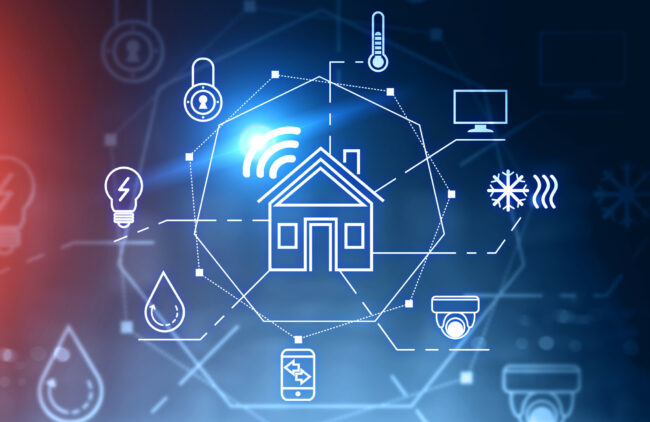
Cross-sector strategies are increasingly required for the energy transition. What contribution can smart buildings make here?
Buildings themselves can become energy producers with photovoltaic systems. Smart buildings can build on this, by implementing intelligent energy management systems that facilitate energy consumption or storage primarily at times when it is produced in large quantities. Surplus energy is then fed into the public grid, which not only generates income but also relieves the local power grid. In addition, energy-intensive processes can be planned so that they take place when energy is readily available, which improves grid stability and reduces peak loads. However, there is currently a lack of an effective incentive system that passes on the cost fluctuations in renewable energy availability to its consumers.
Which players are involved in implementing the new technologies? What are the challenges?
We cooperate with sensor manufacturers, software developers, engineering firms and start-ups that develop solutions for controlling and analyzing technical building systems. Planners are indispensable in seamlessly integrating these technologies into building design and refurbishment measures. Installation companies take care of the professional installation and commissioning of the systems, while facility managers subsequently ensure the smooth operation and optimization of the systems. Pilot projects in real building environments play a key role in proving the effectiveness of innovative solutions. However, a challenge for installation and maintenance remains the shortage of skilled workers and the frequent lack of expert knowledge for the appropriate adjustment of the systems, which in some cases, must be carried out by the end users. In our joint project “Al4HP” – Artificial Intelligence for Heat Pumps, we are working with French scientists to develop intelligent heat pumps that autonomously perform the time-consuming manual calibration before or after renovation measures. These intelligent heat pumps use artificial neural networks to learn about individual building behavior and user needs. They then adjust the control parameters and ensure an optimized, user-friendly and energy efficient supply.
In addition to the benefits, reference is often made to the potential dangers of AI. What about the security of data from users of smart building technologies?
The use of AI and other algorithms in building operations does not necessarily lead to unprotected data. Nevertheless, the technologies used, including IoT devices, cloud services and network infrastructures, must be carefully examined so that data security is guaranteed. Germany and the EU stipulate a high level of data protection and data security, which must ultimately be implemented by the technology providers. There are special regulations from the Federal Network Agency for the intelligent management of controllable consumption devices such as heat pumps or private charging facilities for electric cars. This is due to their high power consumption, especially if they draw electricity at the same time, which makes them more susceptible to attacks on grid stability.
Smart building technologies have been around for several years. What developments could building operators and service providers benefit from in the future?
Industrial companies with large properties are currently turning to us to find tailored solutions for integrating renewable energy technologies and improving their energy efficiency by intelligently networking their operating processes. Municipalities need to design and implement concepts for intelligent urban development that not only optimize local energy generation and use but also promote the implementation of energy retrofitting measures. With our research, we want to ensure interoperability between different smart systems and existing devices in buildings. This is especially important in the future, when outdated technology and new systems with intelligent functions need to be compatible. Another task is the improvement and robustness of AI algorithms in real-life scenarios, as these algorithms are often confronted with faulty, inadequate data sets. The use of generative AI with the potential to design easily accessible assistance systems for the user that turn off automatically, recognize problems and generate recommendations for action, is still in its infancy. We are researching these topics. There is also a large need for research into life cycle management and the development of sustainable, energy saving and autonomous IoT systems. So, we have a lot to do.


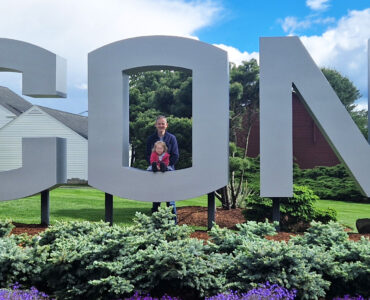
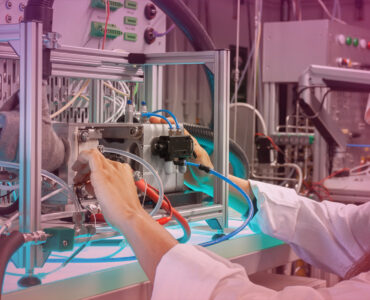


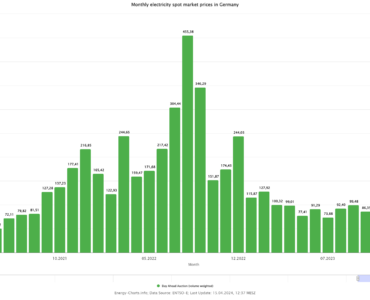
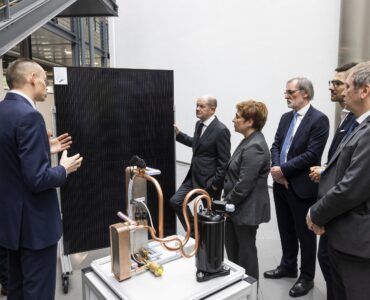
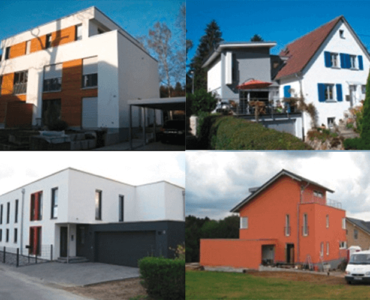





Add comment